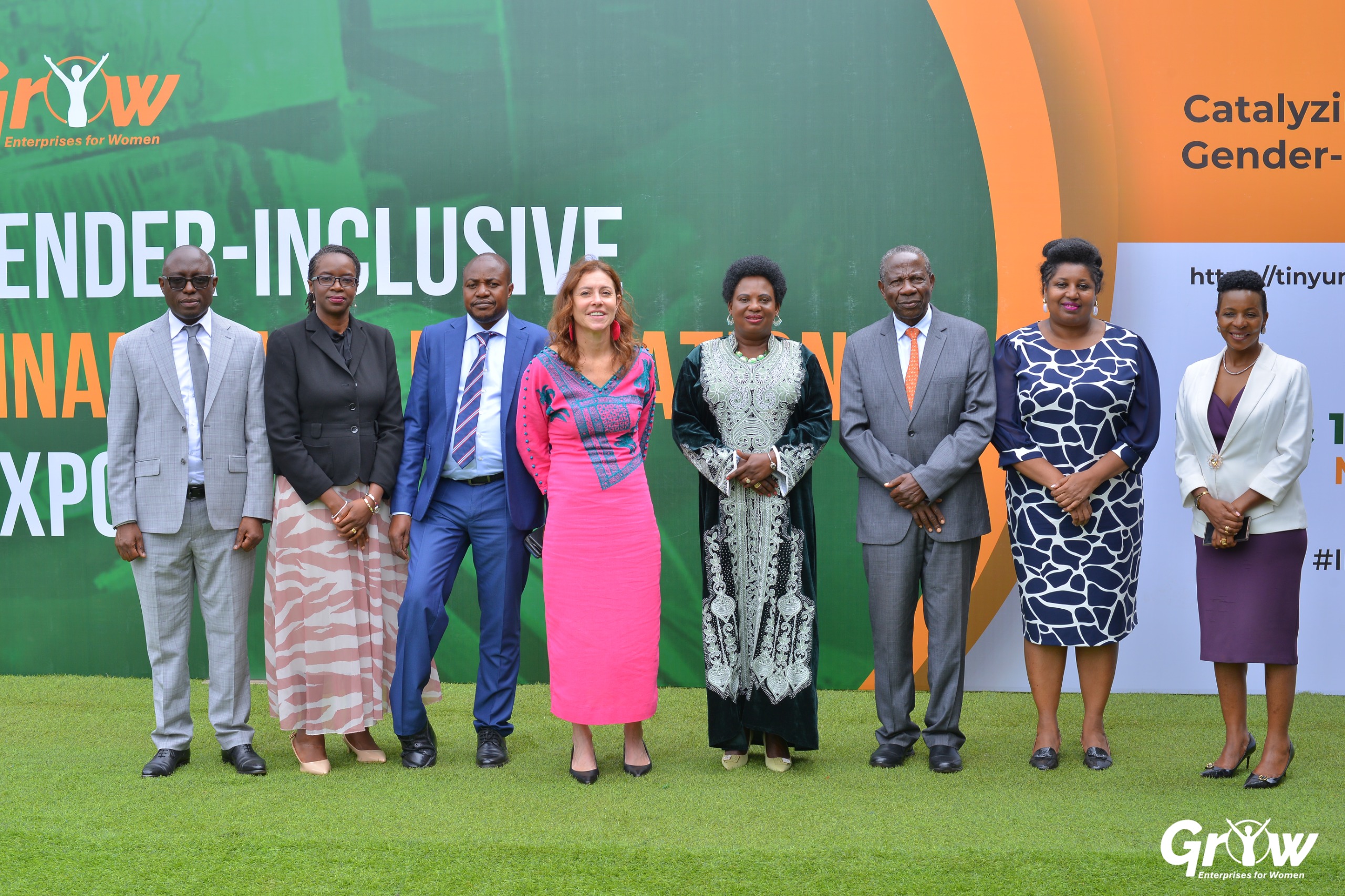Uganda stands at a pivotal moment in its democratic journey. With the 2026 presidential elections fast approaching, three manifestos dominate the national conversation: President Yoweri Museveni’s continuity-driven blueprint under the National Resistance Movement (NRM), Robert Kyagulanyi’s (Bobi Wine) populist call for radical transformation under the National Unity Platform (NUP), and Gen. Mugisha Muntu’s disciplined reform agenda under the Alliance for National Transformation (ANT). While each offers a distinct vision, Museveni’s manifesto emerges as the most grounded and pragmatic—an evolution of state-building rather than a rupture from it.
At the heart of Museveni’s message is a bold reversal of Uganda’s labor narrative. “People going to the Middle East to look for jobs—what are you going to look for? The Middle East should be coming to work here,” he declared during the manifesto launch in Munyonyo. This statement isn’t mere rhetoric; it encapsulates a strategic pivot from dependency to self-sufficiency. Museveni envisions a Uganda where industrial parks, agro-processing zones, and skilling hubs generate employment at scale, reducing the need for youth to seek opportunities abroad. His critics may dismiss this as aspirational, but the infrastructure to support such a shift is already in motion.
Since 1986, Uganda’s paved road network has expanded from just 987 kilometers to over 5,500 kilometers by 2025. Electricity access has surged from 5% to 57% of households, and mobile penetration exceeds 70%, enabling digital skilling and e-commerce. These are not abstract achievements—they are tangible enablers of economic participation. Museveni’s manifesto builds on these foundations, promising to deepen regional integration through the East African Community, expand vocational training, and attract foreign direct investment into manufacturing and ICT.
In contrast, Bobi Wine’s manifesto, titled “A New Uganda Now,” leans heavily on emotional appeal and aspirational targets. His promise to create 10 million jobs by 2032 through tourism, sports, and the creative economy resonates with urban youth and artists. Yet, questions linger about execution capacity. Uganda’s tourism sector, while promising, contributed just 2.9% to GDP in 2023, and the creative economy remains largely informal. Without robust institutional frameworks, these sectors may struggle to absorb the millions of unemployed youth. Bobi Wine’s emphasis on constitutionalism, human rights, and freedom is noble, but his manifesto lacks granular implementation plans—especially in rural development, agriculture, and public service reform.
Gen. Mugisha Muntu’s manifesto offers a disciplined alternative, focusing on institutional integrity, meritocracy, and depoliticization of public service. His military and political experience lend credibility to his reformist stance. Muntu promises to dismantle patronage networks, professionalize the security sector, and empower local governments. However, his campaign suffers from limited grassroots mobilization and emotional disconnect with youth voters. In districts like Lira and Mbale, where voter loyalty is shaped by service delivery and party structures, ANT’s message struggles to gain traction.
Public sentiment across Uganda reflects a nuanced blend of admiration, fatigue, and cautious optimism. In Namayingo, where Museveni narrowly lost to Bobi Wine in 2021 by just 0.53%, voters like Grace Nabirye—a primary school teacher—acknowledge the NRM’s infrastructural achievements but demand more jobs and better healthcare. “Museveni has built roads and schools, but we need jobs for our children,” she says. In Kampala’s Kisenyi suburb, youth rally behind Bobi Wine’s promise of change, citing corruption, nepotism, and rising debt. Yet, in districts like Kiruhura and Ntungamo, Museveni’s support remains steadfast, buoyed by agricultural subsidies, SACCO funding, and rural electrification.
Museveni’s manifesto directly confronts these critiques. He pledges to intensify anti-corruption efforts, streamline public service delivery, and digitize government audits. According to the Inspectorate of Government, Uganda loses over 10 trillion shillings annually to corruption—a figure Museveni vows to slash through performance-based contracts and e-governance. His manifesto also outlines plans to expand the Parish Development Model, which channels funds directly to local communities, bypassing bureaucratic bottlenecks. In 2024 alone, over 1.2 trillion shillings were disbursed to parishes, supporting agriculture, trade, and youth enterprises.
The manifesto’s strength lies in its realism. It doesn’t promise overnight miracles but builds on existing systems. For instance, Museveni’s plan to expand skilling programs through the Uganda Industrial Research Institute and Technical Vocational Education and Training (TVET) centers is already underway. Over 300,000 youth were enrolled in skilling programs in 2024, with a 62% employment absorption rate. These figures contrast sharply with Bobi Wine’s projections, which lack baseline data and institutional backing.
Moreover, Museveni’s manifesto emphasizes regional diplomacy and peace-building. His role in mediating conflicts in South Sudan, the Democratic Republic of Congo, and Somalia positions Uganda as a stabilizing force in East Africa. This regional clout translates into trade corridors, security cooperation, and investment flows. Bobi Wine and Muntu, while focused on domestic reform, offer limited commentary on Uganda’s foreign policy and regional integration—an oversight in an increasingly interconnected world.
The manifesto also addresses gender equity and youth empowerment. Museveni pledges to increase funding for women-led enterprises, expand maternal health services, and enforce gender quotas in public service. In 2025, women constitute 34% of Parliament and 42% of local council leadership—a testament to NRM’s affirmative action policies. While Bobi Wine and Muntu advocate for gender inclusion, Museveni’s track record provides measurable outcomes.
In terms of education, Museveni’s manifesto promises to universalize secondary education, digitize curricula, and expand science and technology institutes. Uganda’s literacy rate stands at 76%, and enrollment in tertiary institutions has grown by 18% since 2020. The manifesto proposes linking education to market needs, ensuring that graduates possess employable skills. Bobi Wine’s manifesto, though passionate about education reform, lacks clarity on curriculum redesign and teacher welfare. Muntu’s approach is more systemic, focusing on governance and resource allocation, but again, lacks the scale and reach of NRM’s machinery.
Ultimately, the strength of Museveni’s manifesto lies not in novelty but in its continuity. It acknowledges Uganda’s challenges—youth unemployment, corruption, service delivery gaps—without romanticizing them. It proposes solutions rooted in state capacity, regional diplomacy, and economic pragmatism. For voters weighing idealism against feasibility, Museveni’s manifesto may not dazzle, but it delivers a sober blueprint for stability, growth, and incremental progress.
As Uganda prepares for the 2026 elections, the choice before voters is not merely between candidates but between visions. Bobi Wine offers transformation, Muntu offers reform, and Museveni offers consolidation. In a country where 70% of the population lives in rural areas and depends on agriculture, the promise of continuity, infrastructure, and targeted skilling may prove more practical than sweeping change. Museveni’s manifesto, grounded in realism and backed by institutional muscle, remains the most viable path for Uganda’s next chapter.
The author is the Deputy Resident City Commissioner for Nakawa Division
Do you have a story in your community or an opinion to share with us: Email us at editorial@watchdoguganda.com













